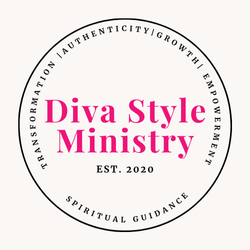You might think doodling is just something you do when you’re on the phone, commuting by train or bus, or on a long Zoom meeting (turn off your camera first!). You hardly even think about it, you just do it. But the latest research has found that doodling is a powerful tool for increasing your creativity, focus, and cognitive capacity. Some of the world’s biggest, most creative companies like Disney and Apple have encouraged their staff to doodle as a way of increasing creativity and productivity.
Doodling stimulates distinct parts of your brain
 Because you’re not thinking about what you’re drawing, doodling engages parts of your brain that you’re not even aware of. What you might consider “mindless” drawing can improve your memory, fact recall, and productivity. Researchers found that people who doodled kept their brains active and had memory recall 29% better than non-doodlers.
Because you’re not thinking about what you’re drawing, doodling engages parts of your brain that you’re not even aware of. What you might consider “mindless” drawing can improve your memory, fact recall, and productivity. Researchers found that people who doodled kept their brains active and had memory recall 29% better than non-doodlers.
The act of doodling means that the drawing isn’t so important to you, so you relax, your Inner Critic doesn’t get in the way, and more creative ways of thinking emerge.
Doodling enhances your problem-solving skills
Those marks you’re making in the margins of your notebook are firing up different neural pathways in your brain. This can help you analyze information differently and produce innovative solutions to problems. Doodling can also free up your brain to create creative responses to knotty problems. Drawing, sketching, making repetitive patterns can help to unfreeze your mind and declutter your thoughts.
Doodling boosts your focus
You might think that doodling in a meeting makes it look like you’re not  paying attention, but the opposite is true. Researchers believe that doodling helps you to anchor to a task or pay closer attention to a discussion. The act of drawing disengages the part of your mind that’s thinking about the next problem, or what you might have for lunch. Instead, doodling helps to minimize distractions and focus on the key issue.
paying attention, but the opposite is true. Researchers believe that doodling helps you to anchor to a task or pay closer attention to a discussion. The act of drawing disengages the part of your mind that’s thinking about the next problem, or what you might have for lunch. Instead, doodling helps to minimize distractions and focus on the key issue.
Doodling helps you deal with challenges
If you’re dealing with big problems or challenges in your work, it can be hard to think in a free-wheeling way or to produce outside-the-box solutions.
Writing, or scribbling, or making little sketches can help your whole brain focus on the problem at hand. If you’re trying to deal with a business challenge, doodling provides an emotional outlet for anxieties and feelings of being overwhelmed that would otherwise get in the way of finding solutions.
Creating a Doodling journal can be as easy as picking up a blank notebook with no lines on the pages but consider that you could make it really special by choosing a different kind of paper for your doodles.

One option might be a personalized Sketch Book, like the option on the right that’s widely available on Amazon.com. They generally include numerous pages and comes in various sizes for easy transport and use.

Another option is this beautiful sketch book with a pastel cover, which includes 109 blank pages and has space for drawing, writing, and more.





